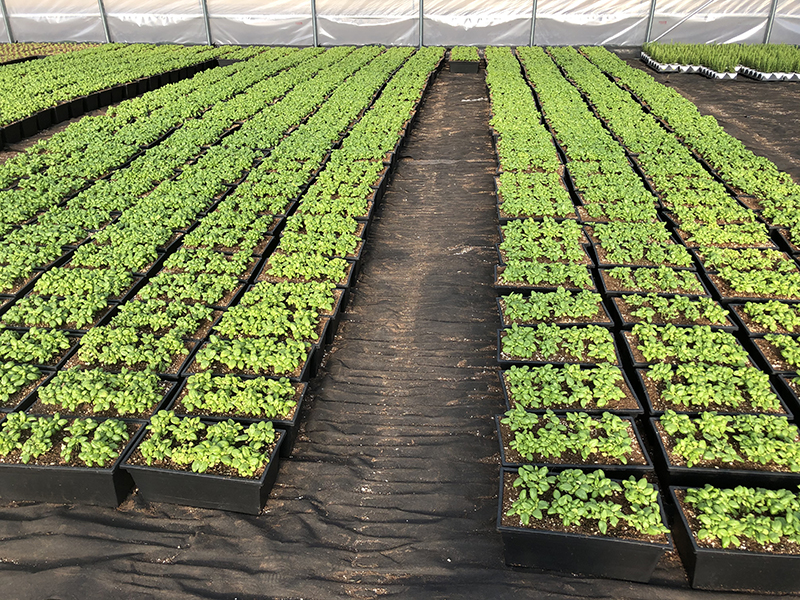Gotham Greens Growing Fresh Produce in Rocky Mountains
 Gotham Greens, a producer of greenhouse-grown leafy greens and herbs, continues to expand. The company recently opened its newest greenhouse in the Rocky Mountain Region. The 30,000 square-foot greenhouse in Aurora, CO, is located next to an abandoned runway at the former Denver Stapleton Airport site that had been sitting vacant for decades.
Gotham Greens, a producer of greenhouse-grown leafy greens and herbs, continues to expand. The company recently opened its newest greenhouse in the Rocky Mountain Region. The 30,000 square-foot greenhouse in Aurora, CO, is located next to an abandoned runway at the former Denver Stapleton Airport site that had been sitting vacant for decades.
The greenhouse will deliver a year-round supply of fresh, local produce to grocery retailers across seven states, including Whole Foods Market, Choice Markets, Alfalfa’s, and more. This includes two new lettuce varieties: ‘Crispy Green Leaf’ and ‘Rocky Mountain Crunch’. Gotham Greens also will partner with restaurant and foodservice customers in the area as businesses begin to reopen.
Gotham Greens’ eighth greenhouse brings the Brooklyn, NY-based, privately held company’s total annual production to nearly 35 million heads of lettuce and distribution to more than 30 states nationwide.
“Given the current pressures on our country’s food system, one thing is clear: the importance of strengthening our national food supply through decentralized, regional supply chains,” says Viraj Puri, Co-Founder and CEO of Gotham Greens. “Our business model has enabled us to remain nimble during these unprecedented times and continue to deliver fresh, locally grown produce to customers and our communities. Now more than ever, we are committed to delivering high-quality, long-lasting, and nourishing produce to people when it’s needed most.”
Over the past 10 years, Gotham Greens has helped to create and popularize the greenhouse-grown produce category among retailers and consumers. In addition to its rapid expansion of greenhouse openings across the country, Gotham Greens recently launched its line of fresh salad dressings at Whole Foods Market stores nationwide.
Gotham Greens is creating 30 green jobs in the Denver area. The company’s produce is grown close to its customers using hydroponic systems in 100% renewable electricity-powered greenhouses that use 95% less water and 97% less land than conventional farming. In the future, the greenhouse will serve as an education resource on the benefits of sustainable indoor farming.









